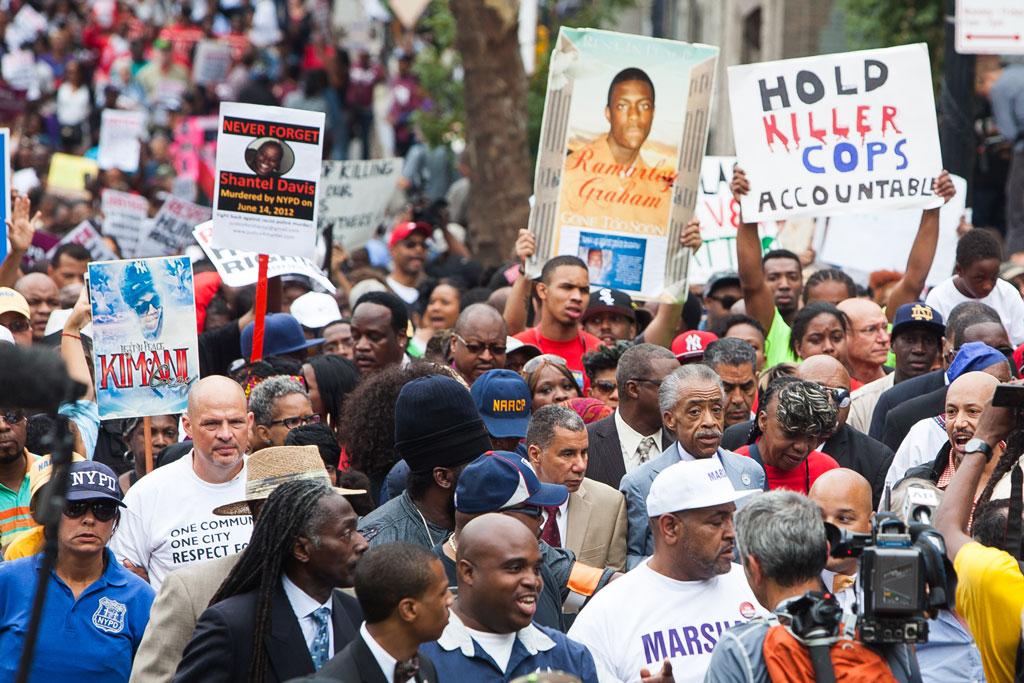For many New Yorkers who viewed the video capturing Eric Garner getting restrained by police officers in Staten Island moments before he died, the initial reaction was shock—at the sheer amount of force the officers used to subdue the man, and at how Garner repeated 11 times, “I can’t breathe,” while an officer kept his arm tightly wound around Garner’s neck.
Then, the second question asked by the public: Most of the officers were white, and Garner was black. Would the police officers in the video have treated Garner the same had he been a white man? When another unarmed black man, Michael Brown, was killed by a white police officer a month later, this time in Ferguson, Mo., people began to seriously consider the racial undertones.
Thousands of protesters sounded a loud and clear message: the trust that was supposed to exist between police and the communities they serve had been severed.





